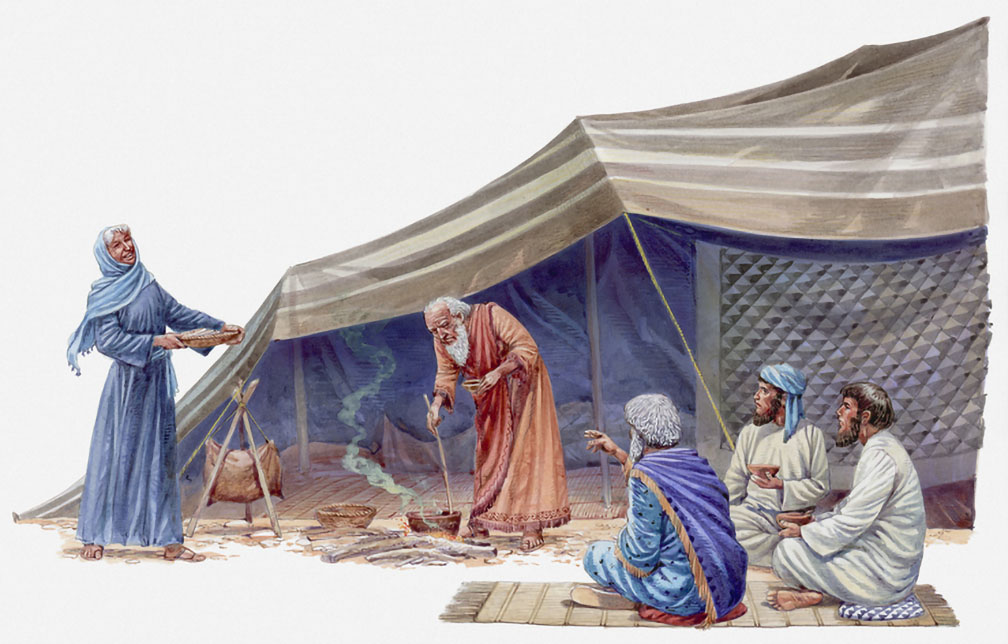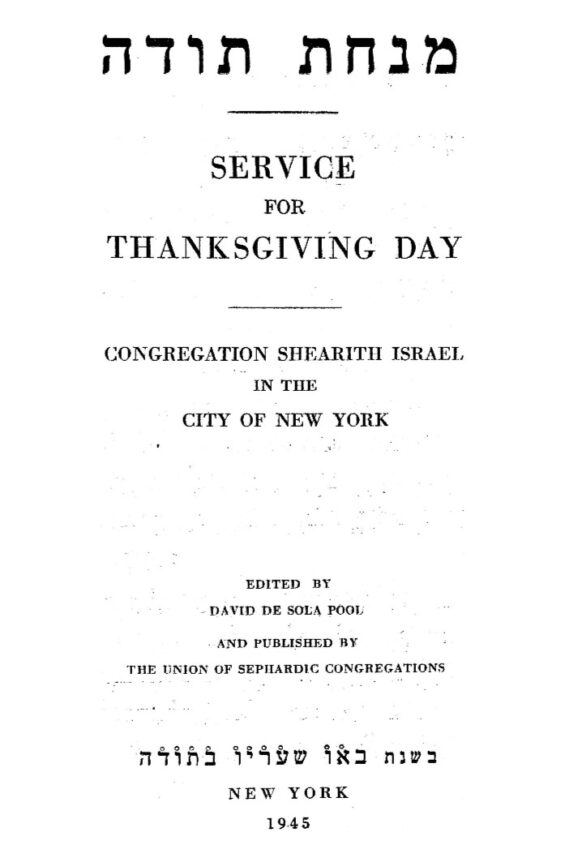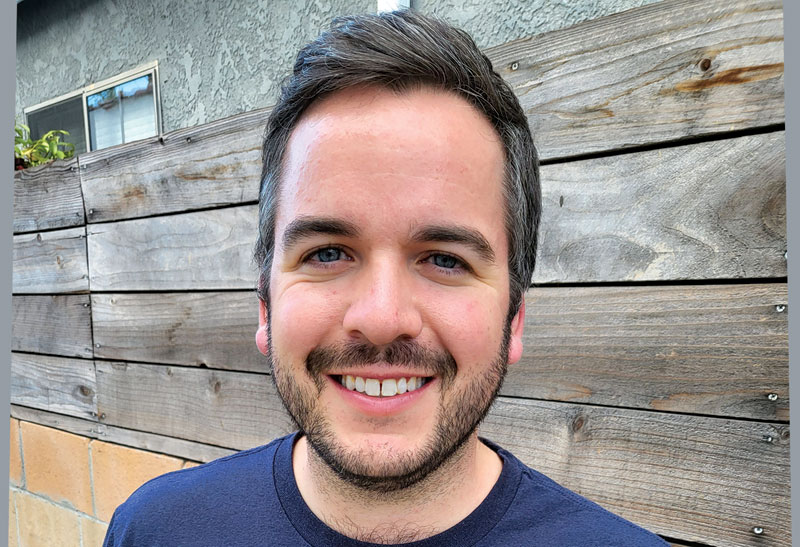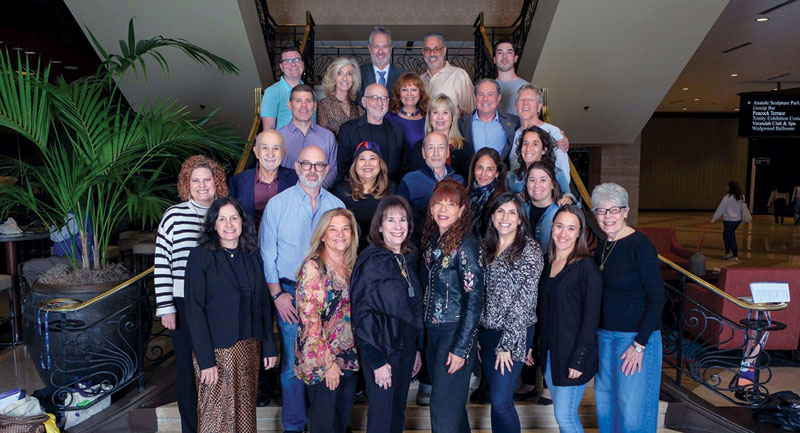Israel School Teaches Peace Lesson
Racially motivated brawls at Jefferson High School this spring made the school appear, at times, like a miniwar zone. Which makes it especially interesting that L.A. Unified School District (LAUSD) officials are learning lessons from Israeli and West Bank schools, where violence, even terrorism, is an ever-present undercurrent.
The person bringing those lessons to Los Angeles is USC professor Ron Avi Astor, who has spent his career studying school violence in Israel and the United States. His newest book, co-written with Israeli professor Rami Benbenishty of Jerusalem’s Hebrew University, is titled, “School Violence in Contest: Culture, Neighborhood, Family, School, and Gender.” The two scholars conducted studies encompassing 30,000 Israeli students at a time.
A fundamental finding is that a school’s response to violence should relate to the type of violence: One size does not fit all. One of the first steps is to ask students, teachers and local authorities to describe the problem in detail, be it sexual harassment, weapons, gangs, bullying or something else.
Then, Astor said, officials should map the results. This process immediately reveals where students fear to go, allowing the school to target its response.
In Israel, national attention focused on the problem of school violence during the late 1990s. The government turned to Astor for advice. Acting on his input, schools put in place teacher training based on his methods, and a national dialogue on school violence in Israel began, Astor says. Since then, school violence has dropped by about 25 percent by his estimate.
Some of the schools facing the most hardships have fared best. Shevach Mofet in Herzeliya, for example, saw seven of its students killed in a Tel Aviv nightclub bombing.
The school managed not only to avoid fracturing into conflicting groups, but “created such a strong sense of community that a number of kids were propelled to colleges and good jobs, because they felt they were part of a greater cause,” Astor said.
He said that schools are not doomed to replicate patterns of violent behavior present in the communities around them.
“If you’re in a horrible neighborhood that has drugs and violence and political issues, and we have some of those in the West Bank, a school could shelter you,” Astor said.
The more actively the school assumes a positive, perceptive role in the community, he added, the more violent messages from the outside are mitigated. Schools that are more passive regarding a neighborhood’s ills — which focus, say, only on academics — tend to let in more of the violent messages coming from outside, Astor said.
The polling and mapping Astor and his colleagues developed in Israel and the West Bank are now at work in the LAUSD, where Astor sits on the Working Group for Safer School Communities. Students at Fremont High School in South Los Angeles and Gardena High School have already participated in mapping the dangerous areas around them, and eight more schools may soon follow. Infusing schools with a sense of purpose and community involvement is no quick fix, but the benefits over time can be transforming.
“Some of the schools we looked at were in the West Bank, where [students] go in with armored buses,” Astor recalled. “It’s amazing when you go into some of those schools. They are the most peaceful environments inside.”
Abortion Amendment on the Ballot
When Gov. Arnold Schwarzenegger called for this November’s special election, he opened a Pandora’s Box. Schwarzenegger’s own initiatives (limiting teacher tenure, granting himself extra fiscal powers and changing the way legislative districts are drawn) are only three of eight now on the ballot.
One of the other ballot measures is a state constitutional amendment called Proposition 73, which would require doctors to notify the parents of minors who want an abortion.
In 1997, the California Supreme Court struck down a state law that would have required parental consent, calling it an invasion of privacy.
However, a constitutional amendment, such as Proposition 73, could preclude state judicial review.
The pro-73 campaign says that notifying parents of their child’s wish to have an abortion would help protect the pregnant minor by introducing mature decision making. It claims anecdotally that most people agree that parents have a right to be involved in this aspect of their children’s lives.
Proposition 73 opponents counter that teens who don’t tell their parents frequently have a good reason not to.
“We know that most teens talk to their parents,” said Hillary Selvin, executive director of the National Council of Jewish Women L.A. “Teens who don’t usually [have] a reason — like abuse or incest caused by somebody close to the parent or by the parents themselves.”
Selvin said that the teens who are most alienated from their parents are the ones most vulnerable.
“They will either go out of state or try and get an abortion illegally,” she said. “And I think most of us thought we were past that point in this country.”
She added that pursuing a judicial waiver to parental notification, which Proposition 73 would allow, is an unrealistic option for a pregnant teenager to pursue.
Yes on 73 campaign staff did not return calls seeking a response.
Whatever else it does, Proposition 73 makes the abortion process more difficult and complicated; it would therefore be likely to reduce the number of abortions. That in itself would please anti-abortion activists.
By far the biggest financial backer of Proposition 73 is James Holman, a publisher of several Catholic newspapers, as well as the secular San Diego Reader. Holman has donated about $1.3 million to the campaign, and has in the past opposed abortion in general, with or without parental notification.






















 More news and opinions than at a Shabbat dinner, right in your inbox.
More news and opinions than at a Shabbat dinner, right in your inbox.